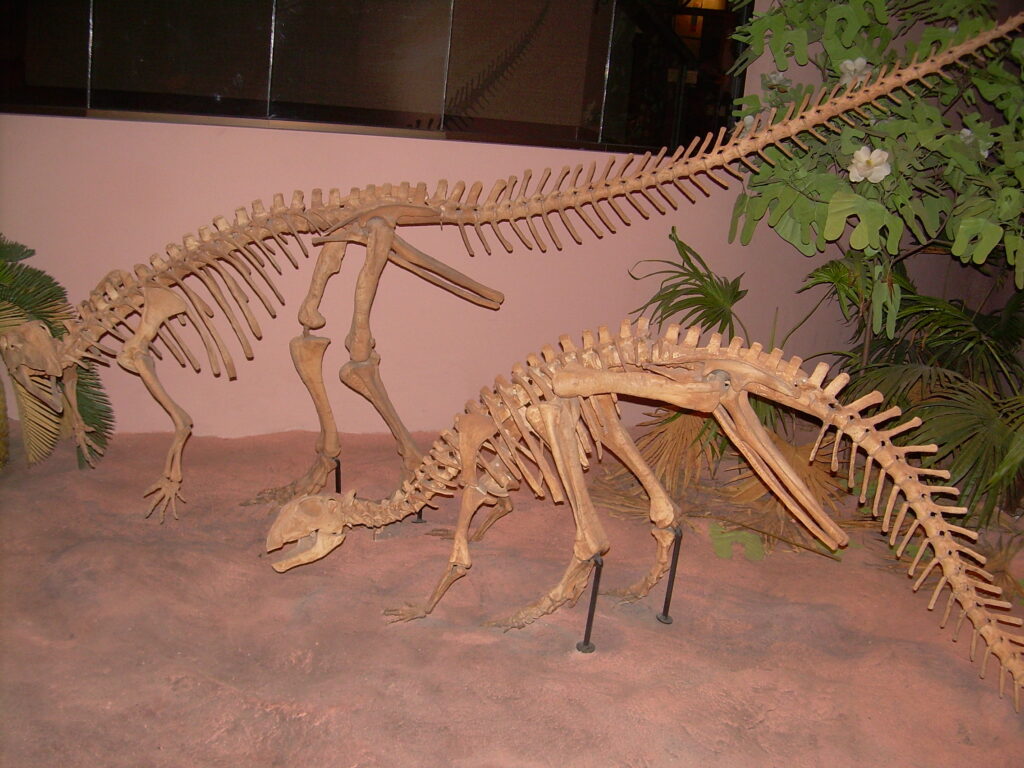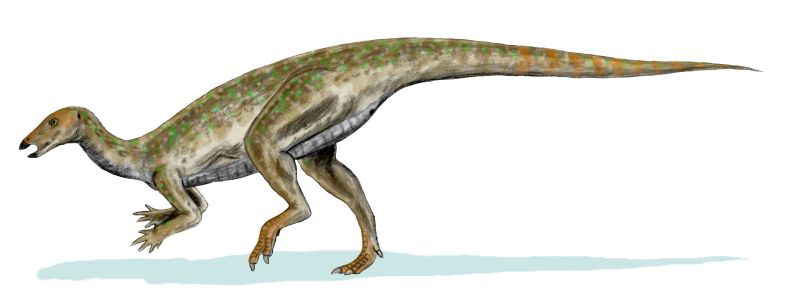When we imagine dinosaurs, we typically picture them basking in prehistoric sunlight, hunting and grazing during daylight hours. However, recent scientific research challenges this assumption, suggesting that the temporal niches of dinosaurs may have been far more diverse than previously thought. By examining fossilized eye structures and comparing them with modern animals, paleontologists have begun to piece together compelling evidence that some dinosaur species may have been active during twilight or even complete darkness. This fascinating area of study offers new insights into dinosaur behavior, ecology, and the evolutionary pressures that shaped their sensory adaptations.
The Challenge of Determining Dinosaur Activity Patterns
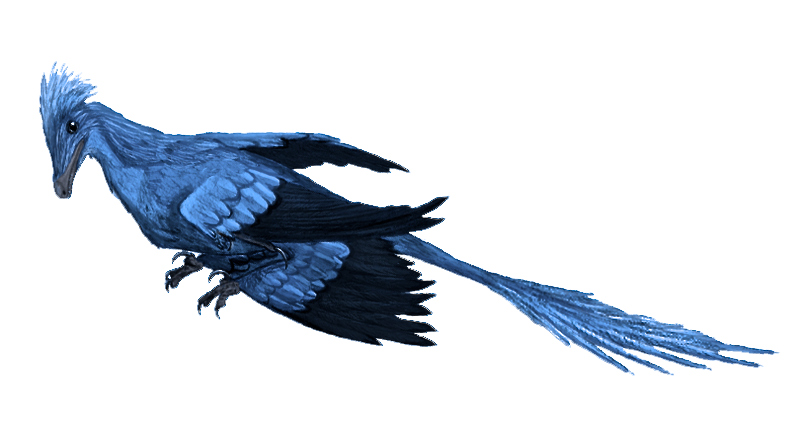
Determining when dinosaurs were active presents unique challenges for paleontologists seeking to understand prehistoric ecosystems. Unlike soft tissues, behaviors don’t fossilize, leaving scientists to rely on indirect evidence to reconstruct dinosaur lifestyles. For decades, the default assumption positioned most dinosaurs as diurnal (day-active) animals, based largely on comparisons with modern reptiles and birds. This perspective has been reinforced by popular culture’s portrayal of dinosaurs in daylight settings. However, the complexity of modern animal activity patterns suggests this simplified view likely underestimates the diversity of dinosaur temporal niches. Modern ecosystems feature complex partitioning of activity times, with some animals specialized for daytime, others for night, and still others for dawn and dusk periods, raising the question of whether similar diversity existed among dinosaur communities.
The Science of Scleral Rings
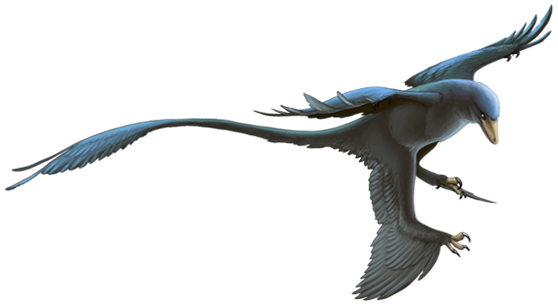
One of the most revealing clues about dinosaur activity patterns comes from structures called scleral rings. These bony rings supported the eyes of many dinosaurs, similar to structures found in modern birds and reptiles. Unlike soft tissues, these rings can fossilize, providing paleontologists with tangible evidence about dinosaur vision capabilities. The scleral ring’s dimensions—particularly its inner diameter relative to the outer diameter—correlate strongly with an animal’s activity patterns in living species. Animals with large inner diameters typically have eyes adapted for low-light conditions, while those with smaller apertures are better suited for bright daylight. This relationship allows scientists to make informed predictions about which dinosaurs might have been adapted for nocturnal activity based on the physical characteristics of their eye structures. The preservation of these delicate structures provides a rare window into aspects of dinosaur biology that would otherwise remain inaccessible.
Establishing a Modern Baseline

To draw meaningful conclusions about dinosaur activity patterns, researchers first needed to establish how scleral ring measurements correlate with known behavioral patterns in living animals. In groundbreaking research, scientists examined over 300 species of modern birds and lizards with known activity patterns—classified as diurnal, nocturnal, or cathemeral (active during both day and night). They measured the ratio between the inner and outer diameter of the scleral rings, discovering clear patterns that distinguished day-active from night-active species. Nocturnal animals consistently showed larger relative apertures that allow more light to enter the eye, while diurnal species had smaller apertures that reduce light intake in bright conditions. These measurements created a reliable baseline against which fossil evidence could be compared. The statistical strength of these correlations provides confidence that similar adaptations in dinosaurs would indicate comparable activity patterns, allowing researchers to make evidence-based predictions about prehistoric behaviors.
The Nocturnal Candidates

When applying these modern baselines to dinosaur fossils, several species emerged as strong candidates for nocturnal lifestyles. Perhaps most surprisingly, many small predatory dinosaurs show adaptations consistent with night activity. Velociraptors, made famous by the Jurassic Park franchise, possess scleral ring proportions suggestive of nocturnal specialization, challenging the common portrayal of these animals as daytime hunters. Other small theropods like Microraptor and certain troodontids also display eye structures optimized for low-light vision. These findings make ecological sense, as smaller predators might benefit from hunting when larger competitors are inactive. The nocturnal adaptation hypothesis aligns with other observed features in these species, including enlarged brain regions associated with hearing and smell, senses that would complement night vision. These convergent lines of evidence strengthen the case that certain dinosaur lineages evolved specifically to exploit nighttime ecological niches.
Evidence for Cathemeral Dinosaurs

Beyond the simple day/night dichotomy, evidence suggests some dinosaurs may have been cathemeral, active during both light and dark periods. Large predatory dinosaurs like Tyrannosaurus rex show eye structures that fall into intermediate ranges between typical diurnal and nocturnal adaptations. This pattern is consistent with animals that maintain activity across varying light conditions, potentially allowing these apex predators to hunt throughout the day and night. Similar adaptations appear in some large herbivores, including certain sauropods and ceratopsians, whose eye structures suggest they weren’t strictly limited to daytime activity. These findings align with observations of modern large mammals like elephants, which often feed during both day and night due to their enormous caloric requirements. Cathemeral activity patterns would have provided advantages to large dinosaurs, allowing them to maximize feeding time while potentially avoiding the heat stress of continuous daytime activity in warm Mesozoic climates.
Diurnal Dinosaurs: The Daylight Specialists

While evidence for nocturnal dinosaurs has reshaped our understanding of prehistoric ecosystems, many dinosaur species do show adaptations consistent with primarily daytime activity. Many ornithischian dinosaurs, including hadrosaurs and stegosaurs, possess scleral ring proportions similar to modern diurnal birds and reptiles, suggesting they were specialized for daylight vision. The diurnal adaptation hypothesis aligns with other features of these herbivores, including relatively small brain cases and limited olfactory capabilities compared to predatory dinosaurs, emphasizing vision as their primary sensory modality. Additionally, many of these herbivores had complex dental batteries specialized for processing large volumes of plant material, which would benefit from extended daytime feeding periods. The evidence suggests that herbivorous dinosaurs occupied a similar ecological role to modern ungulates, primarily active during daylight hours when plant food is most visible and when group vigilance provides protection against predators.
The Mesozoic Night Shift
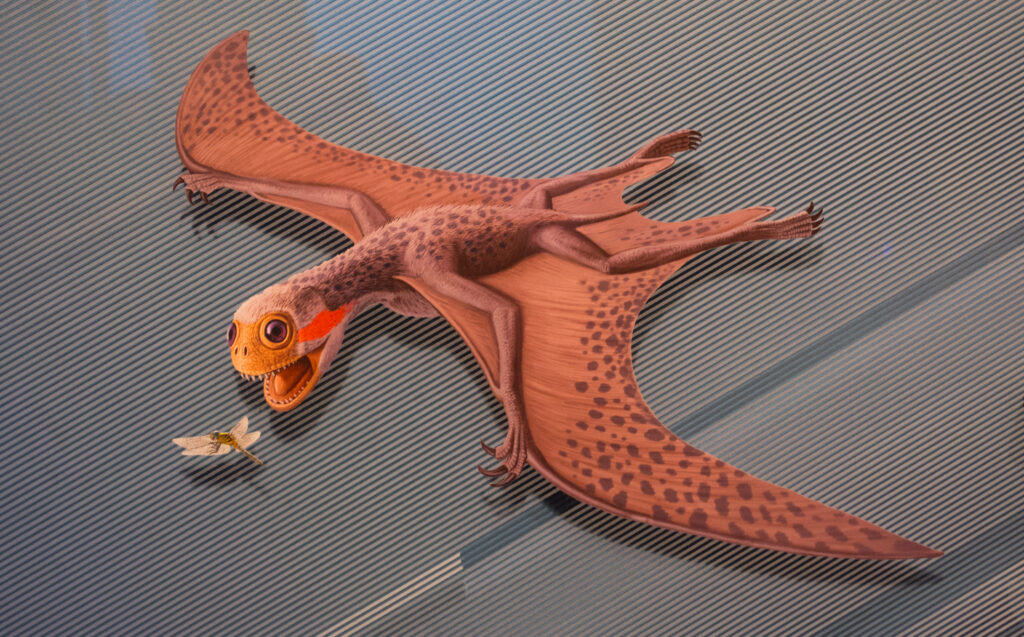
The emergence of evidence for nocturnal dinosaurs challenges long-held assumptions about Mesozoic ecosystems and suggests a more complex ecological structure than previously recognized. Rather than a simple landscape dominated by day-active dinosaurs, the Mesozoic world likely featured a dynamic “changing of the guard” as different species became active at different times. Nocturnal dinosaurs would have shared the darkness with pterosaurs, early mammals, and various other creatures specially adapted for night activity. This temporal niche partitioning would have reduced direct competition between similar species and created complex predator-prey dynamics across the 24-hour cycle. The evidence for temporal specialization among dinosaurs parallels patterns seen in modern ecosystems, where temporal partitioning is as important as spatial or dietary specialization in maintaining biodiversity. Understanding these patterns provides a more nuanced view of how dinosaurs coexisted in diverse communities for over 150 million years.
Beyond Eye Structure: Additional Evidence

While scleral rings provide compelling evidence about dinosaur activity patterns, researchers have sought additional lines of evidence to corroborate these findings. Brain endocasts—models of dinosaur brain cavities—reveal the relative development of different sensory regions, with nocturnal species typically showing enlarged olfactory and auditory regions to complement vision in low light. Isotopic analyses of dinosaur teeth can sometimes indicate feeding patterns, with different carbon signatures potentially distinguishing between plants consumed at different times of day. Trackway evidence occasionally preserves information about when dinosaurs were active, with certain trace fossil assemblages potentially representing nighttime behavior. Modern technology, including CT scanning and digital reconstruction, has allowed researchers to model dinosaur visual systems with unprecedented detail, giving insights into color perception and light sensitivity. Collectively, these multiple lines of evidence build a more robust case for varied activity patterns across different dinosaur groups.
Evolutionary Drivers of Nocturnal Adaptation

The evolution of nocturnal adaptations in certain dinosaur lineages raises questions about what selective pressures drove these specializations. One compelling hypothesis suggests that predatory dinosaurs may have evolved nocturnal habits to exploit the ecological opportunities presented by night-active prey, including early mammals, amphibians, and insects. Competition avoidance likely played a significant role, with smaller theropods potentially adopting nocturnal habits to avoid encounters with larger predators active during daylight. Thermal regulation offers another potential driver, as nighttime activity would have helped smaller dinosaurs avoid extreme daytime temperatures, particularly important in the greenhouse climate of the Mesozoic era. Some researchers have proposed that nocturnal adaptations in certain dinosaur lineages may represent ancestral traits inherited from early archosaurs, rather than derived specializations. These evolutionary pressures weren’t mutually exclusive, and different combinations of factors likely influenced temporal niche selection across different dinosaur groups.
The Mammal-Dinosaur Nighttime Connection
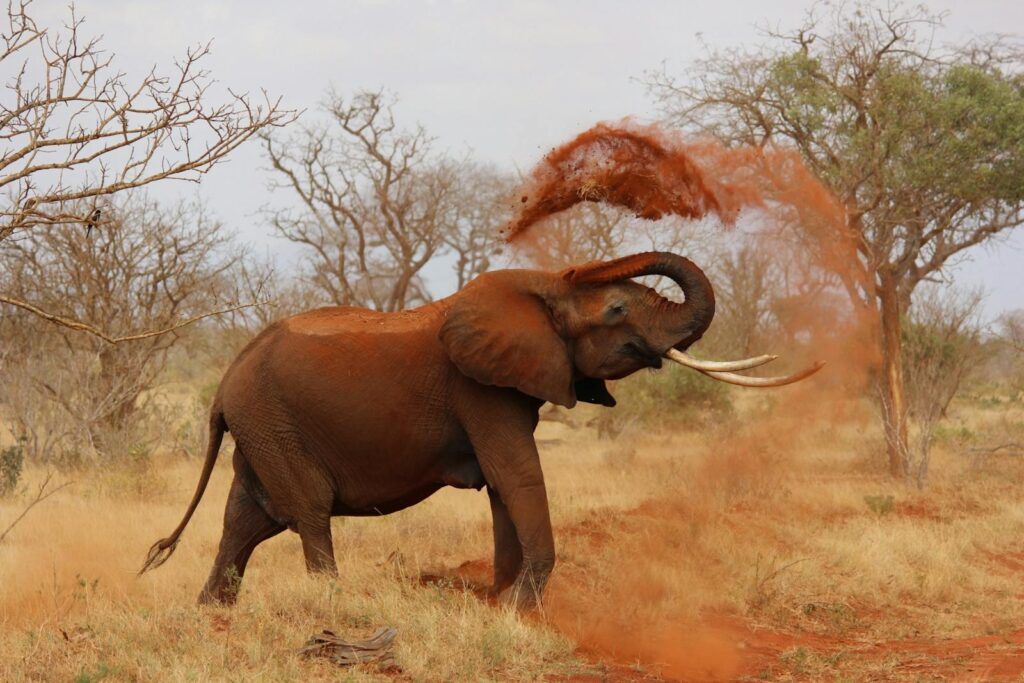
The discovery of nocturnal dinosaurs has important implications for understanding mammalian evolution during the Mesozoic era. Traditional narratives suggested early mammals were forced into nocturnal niches by dinosaur dominance during daylight hours, an explanation for why many modern mammals retain nocturnal adaptations. However, evidence for nocturnal dinosaurs complicates this narrative, suggesting mammals and dinosaurs likely competed within the same temporal niches. This competition may explain why mammals remained relatively small throughout the dinosaur era, as they faced predation pressure not only during the day but potentially throughout the night as well. Some researchers now propose that the earliest mammals may have specialized for extreme nocturnality—active during the darkest hours of night—or fossoriality (underground living) to avoid nocturnal dinosaur predators. The complex temporal relationship between dinosaurs and mammals represents an evolutionary arms race that shaped both groups through their long coexistence.
Technological Advances in Fossil Eye Research
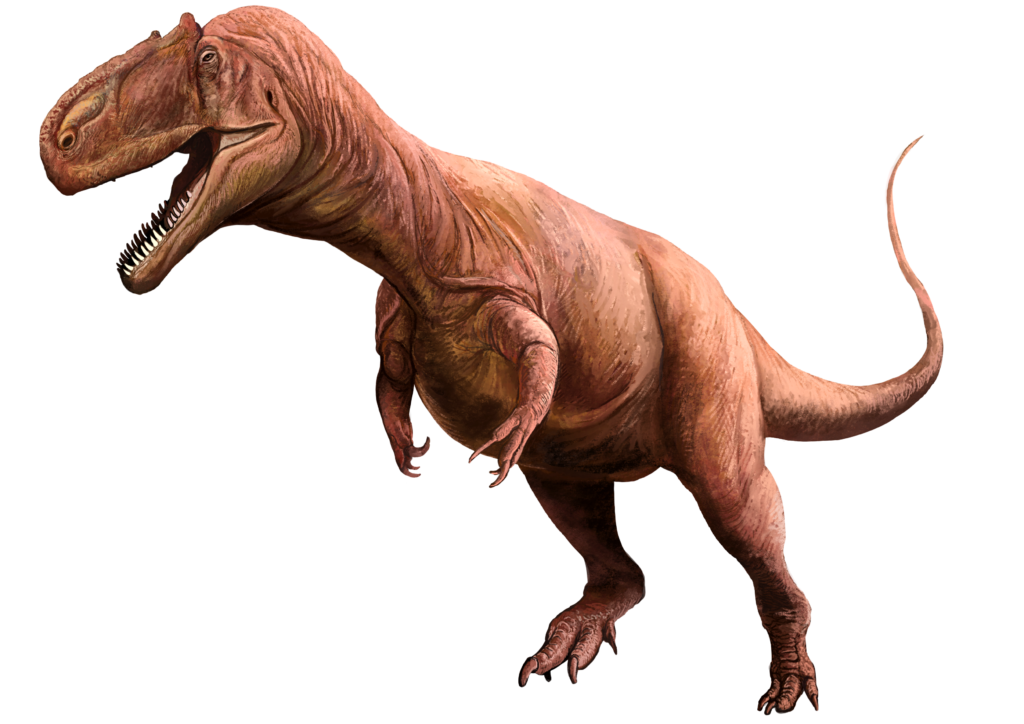
Research into dinosaur activity patterns has benefited tremendously from technological innovations in paleontological methods. High-resolution CT scanning allows researchers to examine fossilized scleral rings without damaging specimens, producing detailed three-dimensional models that reveal subtle structural features. Digital photogrammetry enables precise measurements of eye structures from photographs, expanding the sample size by including specimens in collections worldwide. Advanced statistical methods, including phylogenetic comparative analyses, help scientists account for evolutionary relationships when interpreting scleral ring measurements across different dinosaur groups. Mathematical modeling of optical physics allows researchers to predict how different eye structures would have performed under various light conditions, creating functional reconstructions of dinosaur vision. These technological advances continue to refine our understanding of dinosaur sensory systems, providing increasingly detailed insights into their activity patterns and ecological roles.
Implications for Dinosaur Behavior and Ecology
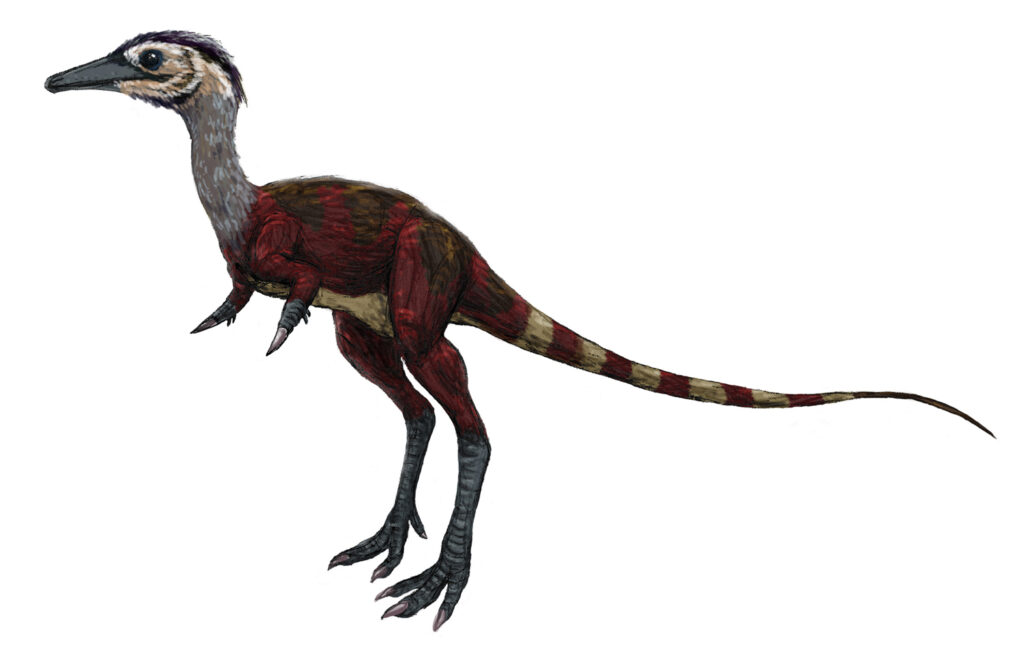
The recognition that dinosaurs occupied diverse temporal niches fundamentally changes our understanding of dinosaur behavior and ecology. Nocturnal adaptations would have influenced hunting strategies, with night-active predators likely relying more heavily on ambush tactics and non-visual senses than their diurnal counterparts. Parental care behaviors may have differed between diurnal and nocturnal species, with implications for nest construction, egg incubation, and offspring protection strategies. Thermoregulatory behaviors would necessarily vary between day-active and night-active dinosaurs, potentially affecting interpretations of dinosaur physiology and metabolic rates. Social structures might have been shaped by activity patterns, with nocturnal species potentially showing different grouping behaviors than diurnal relatives. Even dinosaur communication likely varied across temporal niches, with nocturnal species potentially relying more on vocalizations or scent marking than visual displays. By recognizing the temporal dimension of dinosaur ecology, paleontologists gain a more nuanced understanding of how these animals lived and interacted within their ancient ecosystems.
Future Directions in Dinosaur Activity Research
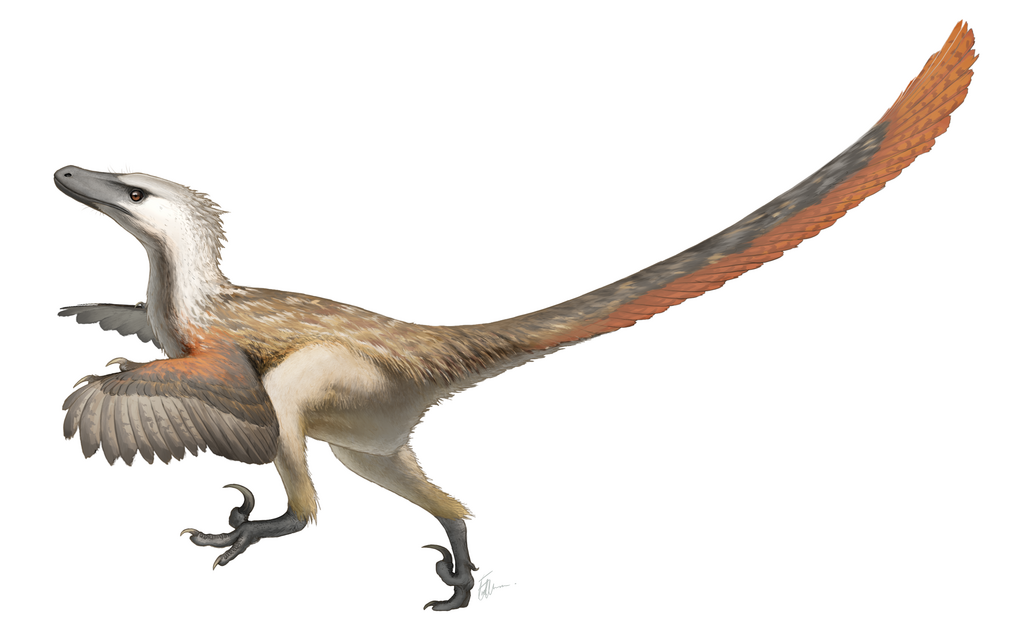
Research into dinosaur activity patterns remains an active and evolving field with numerous promising directions for future investigation. Expanding the sample size of dinosaur species with preserved scleral rings would provide a more comprehensive picture of temporal niche partitioning across different dinosaur groups. Incorporating other potential indicators of activity patterns, such as inner ear structures that relate to coordinated movement in different light conditions, could offer additional lines of evidence. Detailed community-level analyses examining the proportion of nocturnal, diurnal, and cathemeral species within specific fossil assemblages would illuminate temporal dynamics within localized ecosystems. Comparative studies of modern bird and reptile visual adaptations continue to refine the baselines against which fossil evidence is interpreted. Computational models simulating dinosaur visual capabilities under different light conditions grow increasingly sophisticated with advancing technology. As these research directions progress, our understanding of when dinosaurs were active will continue to evolve, offering ever more detailed insights into these fascinating creatures.
Conclusion

The emerging evidence for nocturnal dinosaurs fundamentally transforms our understanding of Mesozoic ecosystems and challenges long-held assumptions about dinosaur behavior. Rather than a simple world where dinosaurs ruled the day and mammals scurried through the night, paleontologists now envision complex communities where temporal niches were divided among diverse species, much like modern ecosystems. Through careful examination of fossilized eye structures and comparison with living animals, researchers have uncovered compelling evidence that the dinosaur world operated around the clock, with different species adapted for different light conditions. This research not only enriches our understanding of dinosaur sensory capabilities but also provides crucial context for interpreting their ecological relationships, evolutionary pressures, and ultimate success during their long reign on Earth. As technology advances and more fossils are examined, our picture of dinosaur activity patterns will continue to gain clarity, offering new perspectives on these remarkable animals that dominated our planet for over 150 million years.


